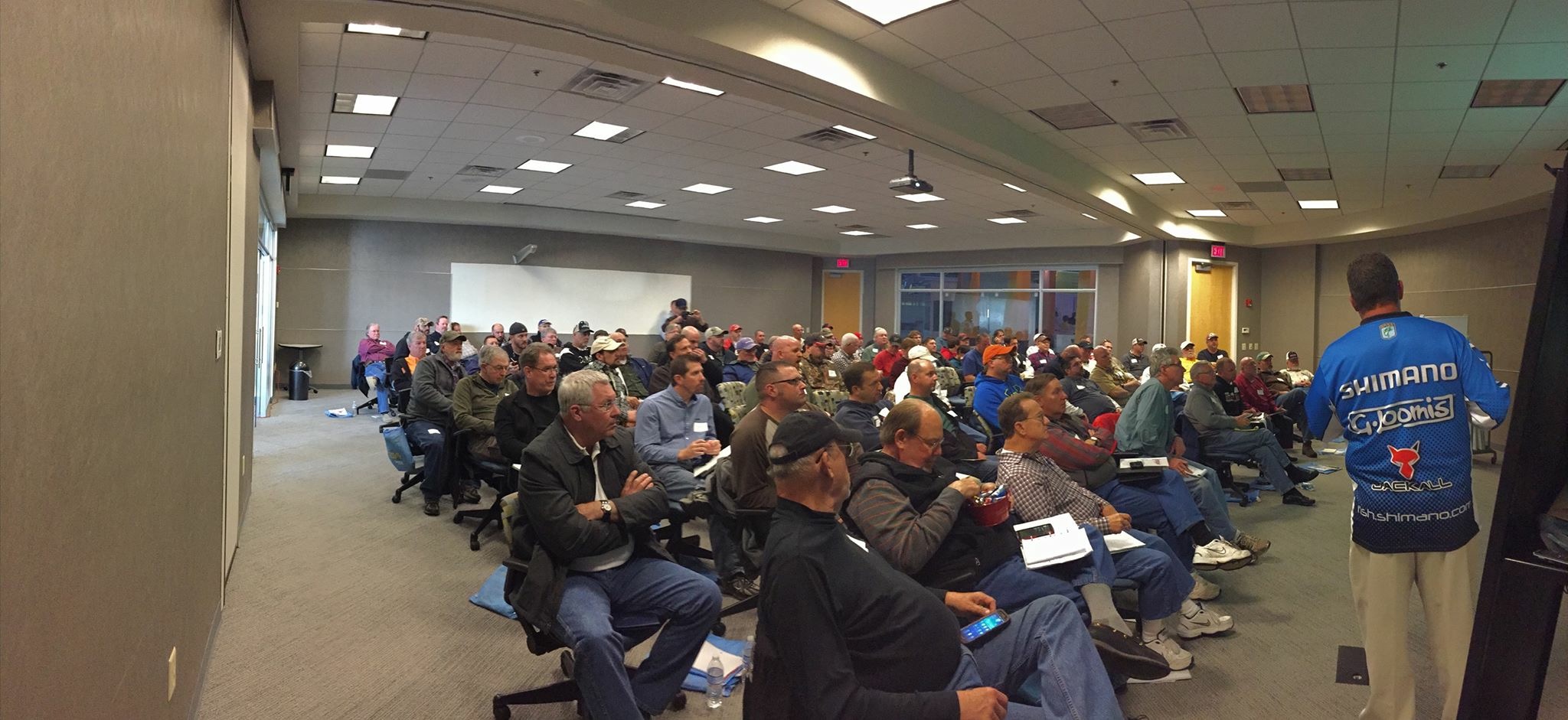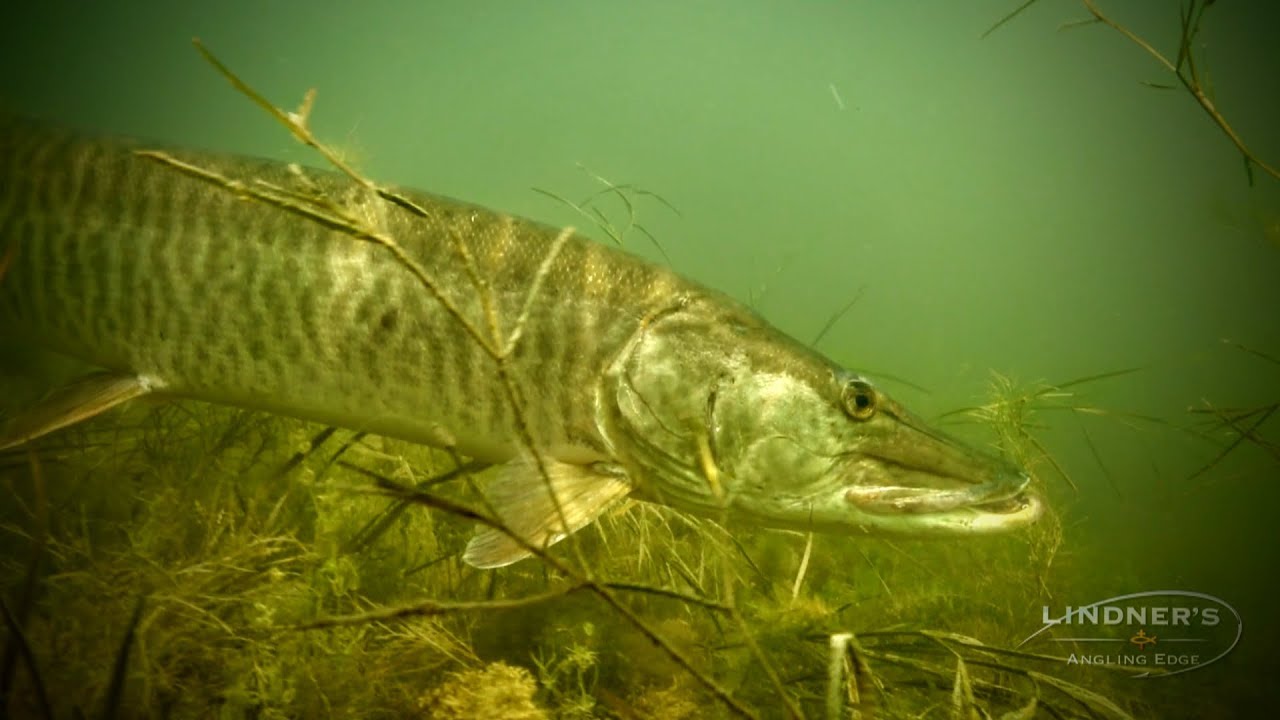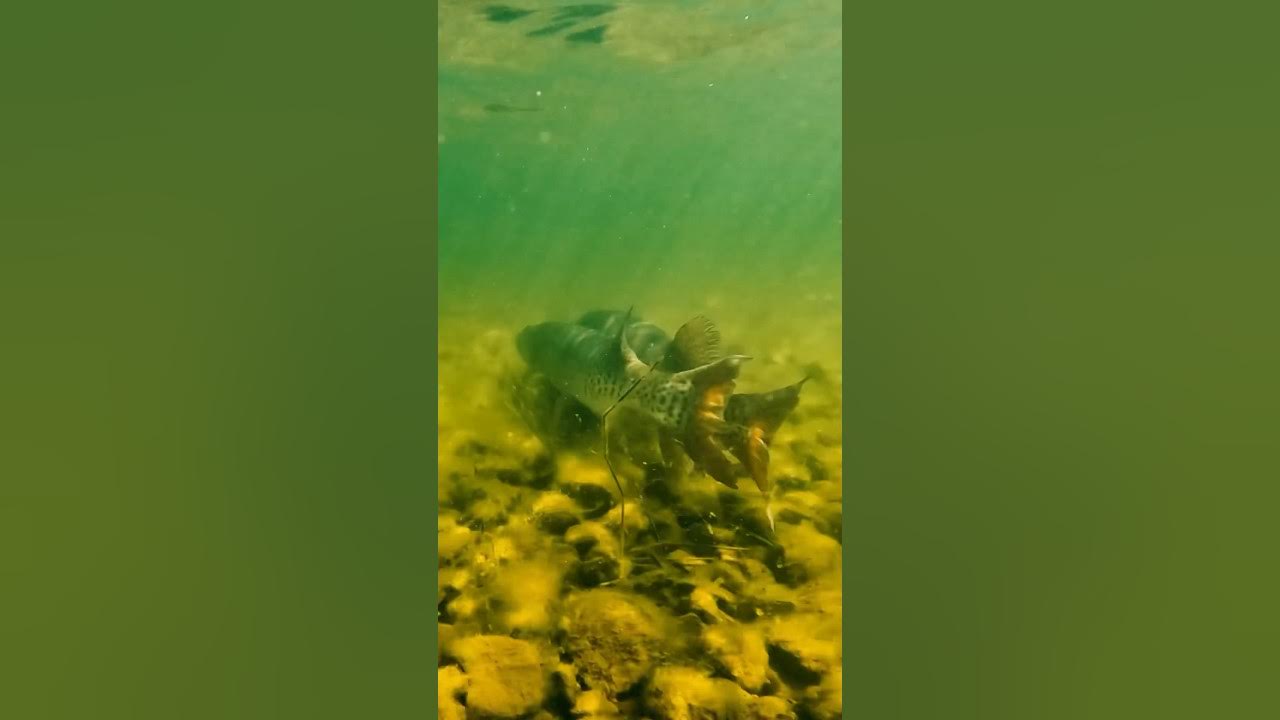POST SPAWN FISHING
POST SPAWN FISHING
Before I write about NORTHERN AND WALLEYE, being the Wisconsin fishing opener is this weekend, I’m posting this topic a few days early on locating and catching post spawn fish. There are some anglers that won’t fish right after spawning because fish are too hard to locate, and you might hear fish won’t bite after spawning. The truth is, you CAN not only locate and catch fish at this time, but this can be the best fishing you ever had. When I wrote about water temperatures and spawning locations two weeks ago, did you notice spawning similarities? Weeds and rocks, right? I also mentioned not all fish spawn at the same time, so I would suggest fishing in sequence of spawn. Meaning, start with NORTHERN PIKE, then WALLEYE, followed by Perch, etc.
After spawning in shallow bays over vegetation, bigger female pike will usually move to the deeper part of that bay or the first drop off near the spawning area, but when they are done recovering, they can move back to shallow water and will begin feeding aggressively, even on their own species. Then, the smaller males and female northern won’t move far from the spawning area because baitfish are there eating and big fish eat little fish, so these fish are catchable. I would say one of best locations to reel in decent size Pike would be large to medium (8 to 12 feet) windblown bays with vegetation. Northern Pike have also been known to spawn over gravel/rocks, so same as above, if baitfish are present, Northern can be too. But remember, when their forage moves, post spawn fish will follow.
Before I write about Walleye location, right or wrong here’s my opinion on post spawn fishing. If you are lucky enough to catch a walleye (over 24 inches) PLEASE TAKE A PICTURE AND MEASUREMENTS AND HAVE A REPLICA MADE. I constantly hear anglers say, I caught 10 walleyes, but none were all under 14 inches. Why do you believe that is? It’s this simple. A SMALL TO AVERAGE WALLEYE WILL PRODUCE 25,000 EGGS, WHILE THOSE BIG OLDER GIRLS CAN PRODUCE 150,000 eggs. Add genetics into the picture and you will also understand, BIG FISH MAKE BIGGER FISH AND LITTLE FISH PRODUCE LITTLE FISH. So, like it or not, it’s only my opinion, but I would like to see our lakes return to what some folks would call the good old days.
Once walleye recover from spawning look for these two things, warmer water and food. By the opener, spawning is over, and walleye should be feeding aggressively, but not ready to head back to their summer homes. One location could be the northern part of the lake, because this is where the water warms the fastest. Windblown shorelines will attract baitfish and guess what’s going to be there, yep post spawn walleye. Rock/gravel (hold heat) shorelines that drop off to deeper water could be another location. Even though locating walleye in this area can be challenging, large flats (10 to 12 feet) can be your best bet. The flats that are closest to where the walleye spawned, that has access to deeper water should be your first choice. In this area you’ll have new vegetation, baitfish and walleyes favorite food, schools of perch. These flats are where your electronics can really help. Find the warmest spots and the walleyes will be there. This can be a long shot, but there is a small possibility walleye could be in or near fallen trees (holds some heat) closer to drop-offs to deeper water because perch will be dining on baitfish. If not, you might catch some nice perch for dinner. If you’re heading out this Saturday for the opener, I hope this week’s topic helps you locate some nice fish.




